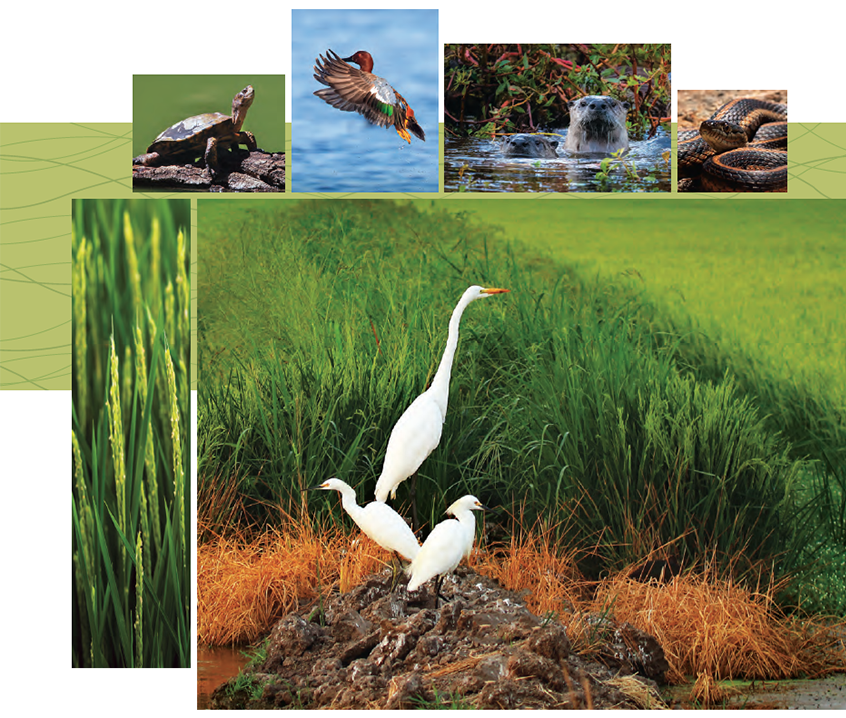
As California Biodiversity Week kicks off on September 7th, we are excited to share how the Sacramento Valley contributes to sustaining and increasing biodiversity in our state. This week-long event, starting with California Biodiversity Day, offers an opportunity for everyone to learn more about the incredible biodiversity of California and to take part in activities that support its preservation.
Since 2018, California’s Biodiversity Initiative has been dedicated to safeguarding the state’s natural heritage in the face of rapid biodiversity loss. This initiative, strengthened by the 2020 Executive Order to protect 30% of California’s lands and waters by 2030, known as California 30×30, is crucial in building resilience to climate change and ensuring equitable access to nature for all residents. California Biodiversity Week, from September 7th to 15th, features over 180 events across the state.
While events are happening next week throughout the state, we want to highlight the biodiversity in the Sacramento Valley and how the region is embracing Nature-Based Solutions: Enlisting Natural and Working Lands in the Sacramento River Basin in the Fight Against Climate Change. As the following map shows, the Sacramento Valley has 7 national wildlife refuges, 50 state wildlife areas, the watersheds and headwaters for California, an average of nearly 500,000 acres of ricelands, and other managed wetlands, all of which come together to show that agriculture and biodiversity can thrive together with reliable water supplies. As we think about and advance functional ecology in the Sacramento Valley, biodiversity is a cornerstone for the region and why we need to continue to creatively manage our water supplies to ensure an appropriate balance of water in the reservoirs, rivers and creeks, across the landscape, and for our communities (many of which are disadvantaged).
Rice Fields: A Sanctuary for Wildlife
One of the most exciting biodiversity stories in California revolves around our ricelands. With over 95% of native wetlands lost in the Central Valley, ricelands in the Sacramento Valley have become vital surrogate habitats for wildlife. A report titled Wildlife known to use California Ricelands, shows that more than 225 species commonly use rice fields, with an additional 53 species making occasional visits. These species include everything from migratory waterbirds to special-status reptiles like the Giant Gartersnake and the Western Pond Turtle. Special-status species are those assigned an official designation by a state or federal resource agency that indicates population declines or other reason for particular concern.
Rice fields offer food and shelter to millions of waterbirds traveling along the Pacific Flyway. Each winter, approximately 7-10 million ducks and geese rely on the fields to refuel, with more than 60% of their diet coming from leftover rice grain. The importance of this habitat is underscored by the fact that replicating the wetlands that rice now provides would cost the state nearly $3 billion.
SPECIAL SHOREBIRD HABITAT AREA

In addition to bird species, rice fields also play an emerging role in supporting fish populations. Collaborative research between rice farmers and scientists has shown that winter-flooded rice fields create nutrient-rich environments that could help boost the state’s dwindling salmon population. You can learn more about this fascinating relationship in the California Rice Commission’s YouTube video on wildlife.
Join Us in Celebrating California Biodiversity Week
As we highlight the work of the Sacramento Valley region’s contributions to biodiversity, we also encourage everyone to get involved in California Biodiversity Week. There are a variety of activities happening across the state, from bioblitzes to guided nature walks. You can explore the full list of events here and find something near you.
Additionally, if you would like to explore the connection between rice farming and biodiversity, you can check out the infographic titled California Rice Has Many Benefits, which offers key insights into how rice fields are an essential part of the state’s ecosystem. The California Rice Commission’s YouTube videos also offer a closer look at how rice farmers are working to protect wildlife habitats.
The conservation work being done by Sacramento Valley farmers is helping the state reach its 30×30 conservation goal. Their ongoing efforts highlight that working lands can be part of the solution to the climate crisis, ensuring a more vibrant and healthier California for all.




